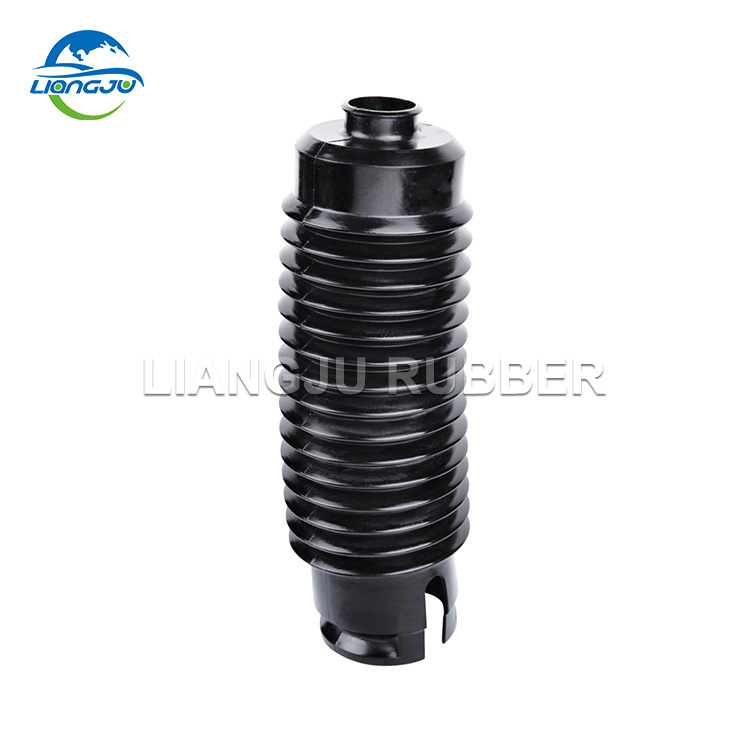Automotive Rubber Parts: Enhancing Vehicle Performance, Safety, and Durability
2025-04-23
Automotive rubber parts are integral components in the functioning and safety of vehicles. These parts are made from high-quality rubber compounds designed to withstand the harsh conditions vehicles often face, such as extreme temperatures, friction, and exposure to various chemicals. The versatility and durability of rubber make it an ideal material for a wide range of automotive applications, ensuring that vehicles perform efficiently and safely on the road.
One of the primary uses of rubber in automobiles is in seals and gaskets. These components prevent air, water, and dust from entering sensitive areas of the vehicle, such as the engine bay and the cabin. Rubber seals are used in doors, windows, trunks, and hoods, ensuring that the vehicle remains airtight and well-insulated. This helps in maintaining the temperature within the cabin and improving the overall comfort of the passengers. Rubber gaskets, on the other hand, are used in engine parts, preventing oil and coolant leaks, which could otherwise lead to serious mechanical issues.
Another important application of automotive rubber parts is in suspension systems. Rubber bushings are used in various parts of the suspension system to absorb shocks and vibrations. These bushings help to reduce the noise and harshness that can be felt inside the vehicle when driving over uneven surfaces. They also improve the handling and stability of the vehicle, ensuring a smoother and safer driving experience. The rubber components in suspension systems must be durable and resistant to wear, as they are subjected to constant pressure and movement.
Rubber is also essential in the production of tires, which are perhaps the most critical automotive rubber part. Tires are responsible for providing traction and stability to the vehicle, ensuring it can move safely and efficiently on different surfaces. The rubber used in tires must be formulated to provide the right balance between durability, flexibility, and grip. Modern tires are made using a combination of synthetic and natural rubber, along with various additives, to achieve the optimal performance for different driving conditions, such as wet, dry, or icy roads.
In addition to tires, rubber parts are used in automotive air conditioning systems. Rubber hoses and seals are critical in ensuring that the air conditioning system functions efficiently. They help to maintain the integrity of the system by preventing leaks of refrigerant, which could compromise the system’s performance. Rubber is also used in vibration isolators, which are designed to minimize the vibrations generated by the engine and other moving parts of the vehicle. These isolators are typically placed in the engine mounts and other critical areas to prevent excessive vibration from reaching the passenger cabin.
Automotive rubber parts are also crucial for safety systems. Rubber components are used in airbags, for example, to ensure that they deploy correctly in the event of a collision. The rubber used in airbags must meet strict standards for elasticity, durability, and impact resistance. In addition to airbags, rubber parts are used in other safety features such as bumpers, wipers, and seals for lighting systems. These components help to protect both the vehicle and its occupants during a collision and contribute to the overall safety of the vehicle.
One of the key advantages of using rubber in automotive parts is its ability to withstand a wide range of environmental factors. Rubber components in vehicles must be resistant to UV radiation, ozone, heat, and cold, as they are exposed to these elements daily. Over time, rubber parts can degrade due to exposure to sunlight, chemicals, and the constant mechanical stress of driving. To address this, manufacturers often use advanced rubber compounds and additives that improve the material's resistance to wear and tear, ensuring that the parts last longer and perform optimally throughout the life of the vehicle.
The production of automotive rubber parts involves careful engineering and testing to ensure the highest standards of quality and performance. Manufacturers use advanced technologies, such as computer-aided design (CAD) and finite element analysis (FEA), to create and test rubber components before they are mass-produced. This ensures that the parts meet the required specifications and function effectively in the demanding environment of an automobile.
As the automotive industry continues to evolve, the demand for high-performance rubber parts is expected to grow. With the rise of electric vehicles and the increasing focus on fuel efficiency and sustainability, there is a growing need for lightweight and durable materials. Automotive rubber parts play a vital role in meeting these demands by providing solutions that enhance vehicle performance, safety, and comfort while also helping manufacturers meet stringent environmental standards. The future of automotive rubber parts looks promising, with ongoing innovations and improvements in rubber technology contributing to the development of more advanced and efficient vehicles.



